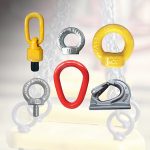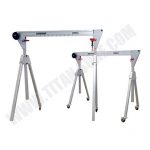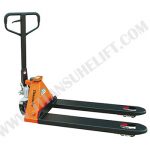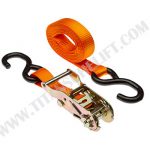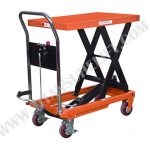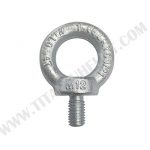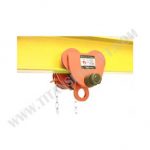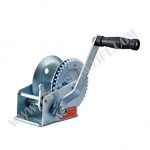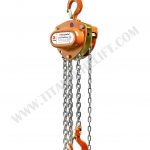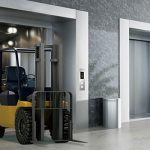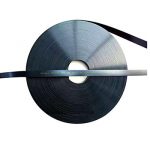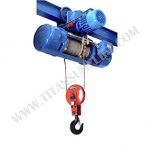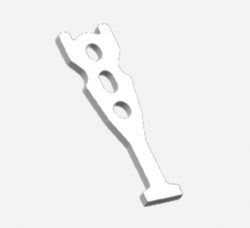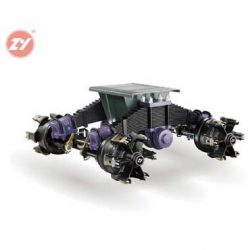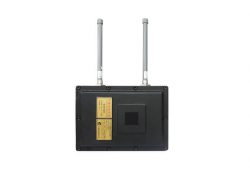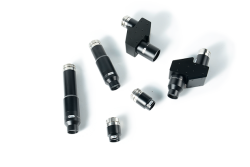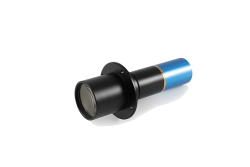Hoist Trolley
Hoist trolleys are designed to travel on an I beam, providing a movable anchor point and support for the hoist and lifting device. Driven by hand pushing or chain pulling, the hoist trolley is separated as a push beam trolley and geared beam trolley. TITANSUHE’s provide a wide range of hoist trolleys that feature lightweight, adjustable flange width fits most I, S, and W-beams, drop-forged tight wheel, crash resistance side plate, anti-dropping device, zinc-plated chain.
Operate should visually check the trolleys on a regular basis to observe if any wear, damage, cuts, cracks, corrosion or other defects. The trolleys should be stop service if any above mentioned problem are observed.Monthly check the suspension plate, track wheel and locking nuts, ensure that the locking nuts are secure.
Tips for Safe Use of Hoist Trolley
Do not lift more than rated load.Do not lift people or lift loads over peopleDo not operate with side or off center loading.Do not operate a damaged or malfunctioning trolley.Do not remove, deface or cover warning labels.Do not leave a suspended load unattended, unless specific precautions are instituted.Do not operate until personnel are warned and cleared from the area.Do not operate if locking nuts are not tight and locked in position.Do not operate if space washers are not correctly spaced.Do not operate if end stops are defective and don’t restrain the trolley.Do not use if load is not suspended vertically.Do not use trolleys as welding ground.Do not weld on the lifted load.Do not use trolleys in corrosive environments except those trolley are specified such as super anti-corrosion trolley or stainless steel trolleysDo not allow the load to swing.Do not use any function other than that for which the products are designed
Measure the width of the beam that the trolley will be mounted on. Ensure that the beam is within the adjustable flange width range of the trolley.Using the provided washers/spacers (except GCT/GCL620 model), assemble an equal number of washers/spacers on each side of the bail to position the side plates so that there is a small gap between the flange of each wheel and the beam. The bail must be centered. The extra washers should be placed equally on the outside of the side plates.Note: There must always be at least one washer on both sides of each side plate.Once the correct number of washers/spacers are in place, loosen the nuts slightly. This will allow the side plated to be installed over the beam more easily.With the side plates installed onto the beam, firmly tighten the nuts on both sides of the trolley. Secure these nuts with second lock nuts. Ensure that both nuts are tight.


